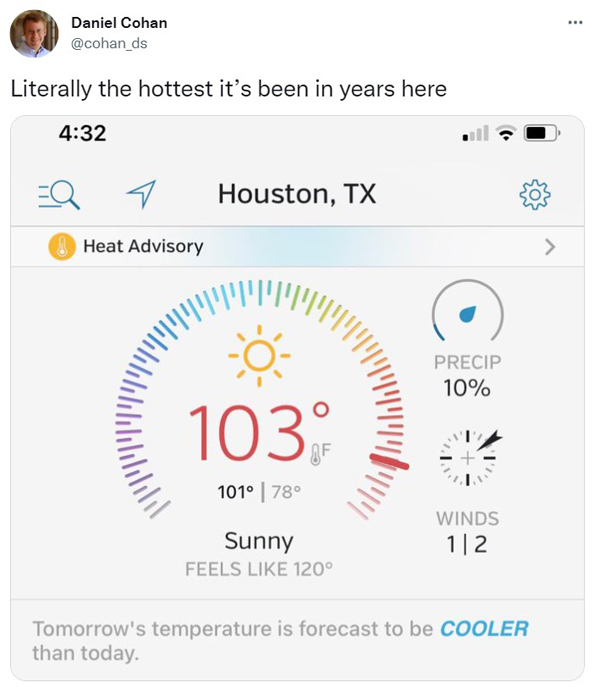Environmental risk management firm Net Zero Markets will launch a new carbon credit product Friday designed to demystify the voluntary carbon market (VCM) and foster carbon capture.
The firm’s Global Emission Reduction (GER) contract will be available first on Nodal Exchange in the U.S. and AirCarbon Exchange in Singapore, with availability to follow “soon” on the European Energy Exchange, CEO and founder Louis Redshaw said Tuesday.
“Getting the VCM onto an exchange has been a massive challenge,” Redshaw said. “The GER is the future of commoditized VCMs.”
GERs “repackage” the way the VCM uses existing carbon credits and adds carbon-capture credits to the package to present them together under one standard, transparent price, Redshaw said during a webinar introducing the product.
In Redshaw’s view, the VCM “doesn’t work” because it has “too many moving parts,” with different standards, jurisdictions, project types and eras for credits (a.k.a., credit vintages). The moving parts create different carbon credit prices that end up stifling the market by creating confusion.
“Even those that spend a lot of time on the VCM can’t say with confidence where the price is or what the price should be,” he said. That price opacity, he added, can lead to profiteering and criminal activity.
“All of these problems, as you’d expect, lead to low levels of investment in carbon-reducing projects, and everything combined creates distrust,” he said.
The new GER hybrid carbon offset product will include preset percentages of credits from renewables and energy-efficiency projects; forestry, agriculture and land-use projects; high socially beneficial projects; and carbon-capture projects.
From the onset, removal credits from carbon capture will account for 1% of the GER price, with the remaining three avoidance credit categories each accounting for about one-third of the price.
“We look at retirement data for the previous year, and we determine how the market has been using voluntary carbon credits,” Redshaw said. “We will then apportion the different buckets according to how they’re actually being used.”
Over time, the carbon capture credits will take up an increasing portion of the GER, reaching 100% by 2050.
“There is no reliable market for removals, but in 2050, everything needs to be a removal,” Redshaw said. “If we don’t start facilitating a market and finance going into carbon capture today, there’s almost no chance that the capacity will exist to get us anywhere near the emissions-reduction goals that we have in 2050.”
By creating a standardized product that is based on existing carbon credits, Net Zero Markets hopes to grow a stable VCM.
“We have primarily designed this contract for corporate offsetters that really don’t want the headache of having to understand the market before they can transact in it,” Redshaw said. “They just need to be confident that what they’re buying is pretty much the same as what everyone else is buying.”

